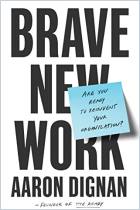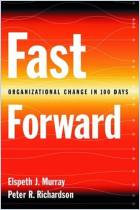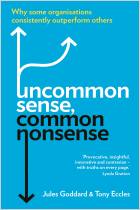
Recommendation
Bureaucracy impedes productivity, fosters dissatisfaction among the workforce and accrues “organizational debt.” Business consultant Aaron Dignan recognizes the misunderstanding at the heart of most organizations: trying to treat complex issues with remedies designed to cure complicated problems. In a well-structured, engaging presentation, Dignan presents a fresh, practical, eye-opening perspective on organizational change.
Summary
About the Speaker
Aaron Dignan is the founder of The Ready, a company that helps businesses through their transformations.
By the same author
Book
Learners who read this summary also read
Video
Book
Book






















Comment on this summary or 开始讨论